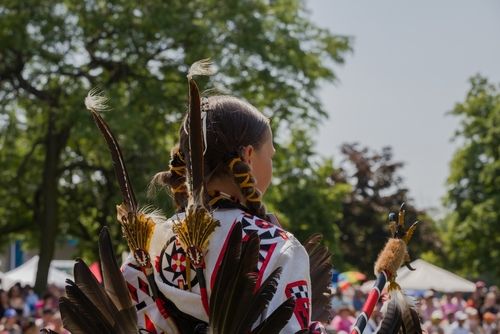 Indigenous religions, embedded deeply in the history, culture, and identity of native communities around the world, offer a unique perspective on spirituality, community, and the relationship with the natural world. These ancient practices and beliefs, though varied and distinct across different groups, share common themes of reverence for nature, ancestor worship, and spiritual rituals that connect the physical and metaphysical realms.
Indigenous religions, embedded deeply in the history, culture, and identity of native communities around the world, offer a unique perspective on spirituality, community, and the relationship with the natural world. These ancient practices and beliefs, though varied and distinct across different groups, share common themes of reverence for nature, ancestor worship, and spiritual rituals that connect the physical and metaphysical realms.
The Essence of Indigenous Spirituality
Indigenous spiritual practices are not just religions in the conventional sense but are comprehensive ways of life. They integrate daily activities with spiritual significance, emphasizing a harmonious existence within the community and the natural environment. Unlike many modern religions that separate the sacred from the secular, indigenous beliefs see the sacred in all aspects of life.
For many indigenous communities, spirituality is deeply connected to the land. This connection is not merely symbolic but is an integral part of their identity and survival. The land is considered a living entity, imbued with spiritual significance and inhabited by the spirits of ancestors who guide and protect their people. This profound bond shapes their practices, rituals, and the stewardship of their environment, urging them to live in a balance that sustains both the earth and themselves.
Rituals and Ceremonies
Rituals and ceremonies are pivotal in indigenous religions, serving as the primary means of maintaining the spiritual health of the individual and the community. These practices often involve music, dance, storytelling, and the use of sacred objects, which help in connecting with the spiritual world. Rituals may mark significant life events such as birth, adulthood, marriage, and death, each underscored by community involvement and traditional rites.
For instance, the Native American Sun Dance, practiced by several Plains tribes, is a ceremony that involves dancing, fasting, and meditation. It is performed to honor the sun and to pray for the continuity of all life. Similarly, the Aboriginal Australians’ Dreamtime stories teach about creation and existence, guiding moral and social norms for the community.
Reverence for Ancestors
Ancestor worship is another cornerstone of many indigenous religions, reflecting a belief system where the dead have a continuing existence and possess the ability to influence the fortunes of the living. Ancestors are revered not only as forebears but also as custodians of tribal morality and guardians of their living descendants. Rituals to honor ancestors are common, providing a link between the past, present, and future generations, thus reinforcing a sense of identity and continuity.
Shamanism: Intermediaries Between Worlds
Shamanism plays a critical role in many indigenous cultures. Shamans are respected figures, believed to possess the ability to communicate with the spirit world, heal the sick, and guide souls. They act as intermediaries, navigating between the human world and spiritual dimensions, often employing trance states, drums, chants, or entheogenic substances to do so. Their ability to interact with spirits is integral to maintaining harmony within the community and the natural world.
Challenges and Preservation
Today, many indigenous religions face challenges due to globalization, modernization, and cultural assimilation. The encroachment of other religions and the loss of traditional lands threaten the survival of these ancient practices. However, there is a growing recognition of the importance of preserving these cultural heritages.
Efforts by indigenous communities themselves, along with support from various cultural preservation organizations, aim to keep these traditions alive. Documenting rituals, teachings, and languages and ensuring they are passed down to younger generations are crucial steps in this preservation effort.
Indigenous religious practices and beliefs offer a window into the ways diverse human cultures understand the world around them. These traditions teach people about the depth of human connection to nature and community and challenge them to think about spirituality in more integrative and holistic ways. As people continue to explore and learn from these ancient wisdoms, it becomes imperative to approach them with respect and sensitivity, acknowledging their vital role in the cultural tapestry of humanity.



